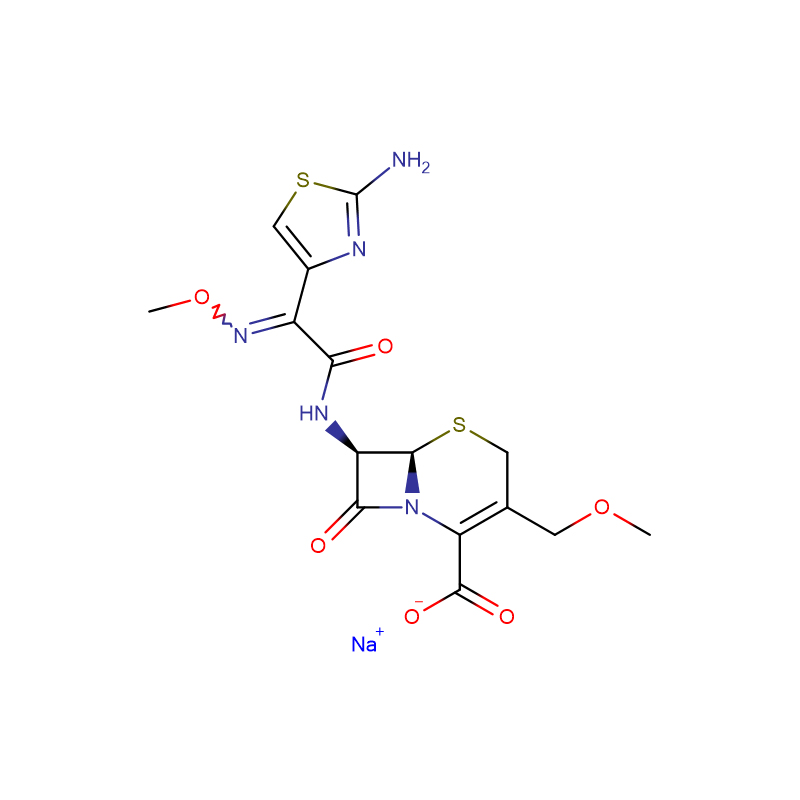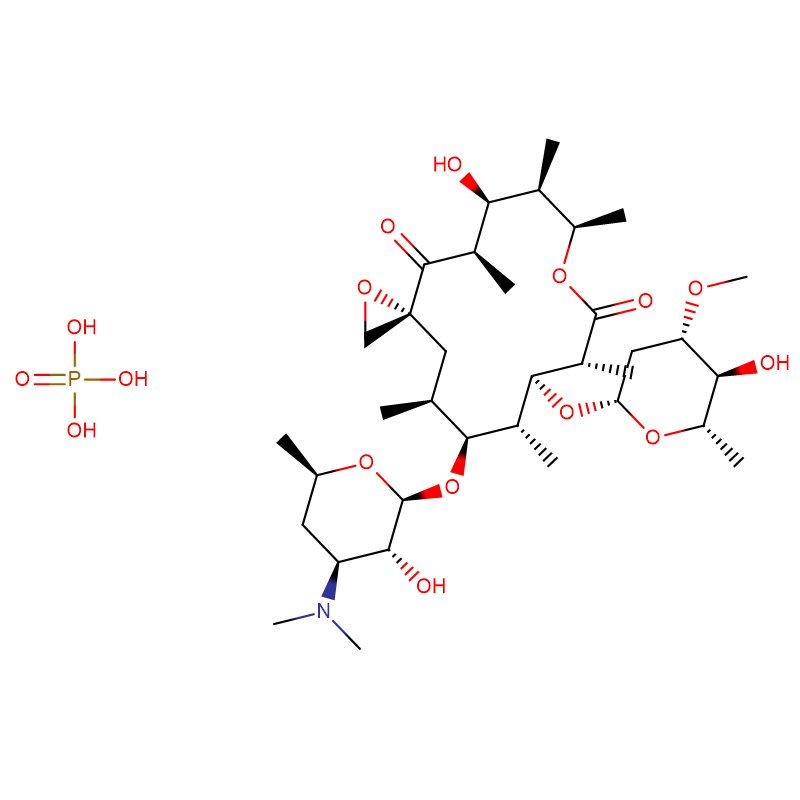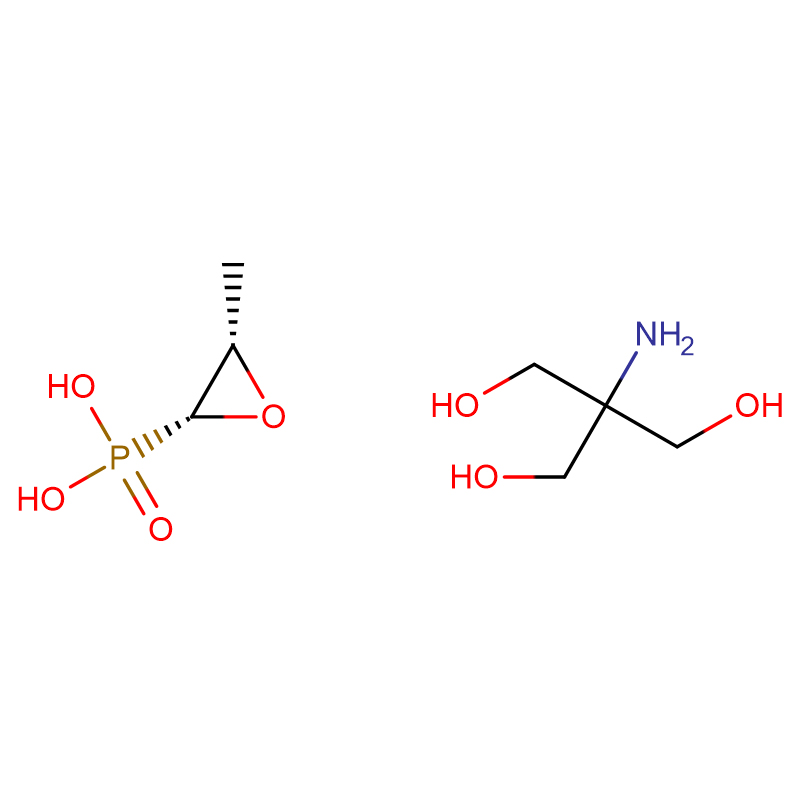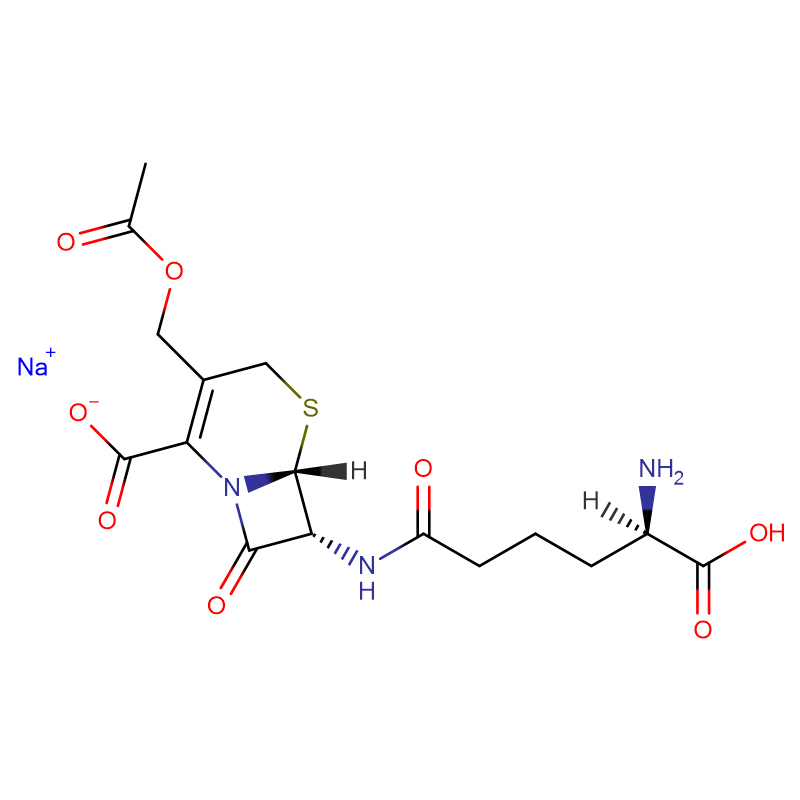Polymyxin B sulfate CAS:1405-20-5 White powder
| Catalog Number | XD90360 |
| Product Name | Polymyxin B sulfate |
| CAS | 1405-20-5 |
| Molecular Formula | C55H96N16O13 · 2H2SO4 |
| Molecular Weight | 1385.61 |
| Storage Details | 2 to 8 °C |
| Harmonized Tariff Code | 29419000 |
Product Specification
| Conclusion | Conforms to USP35 |
| Heavy metals | <20ppm |
| pH | 5-7 |
| Identification | Liquid chromatography: conforms |
| Assay | 99% |
| Appearance | White powder |
| Loss on Drying | <6% |
| Solubility | Freely soluble in water, slightly soluble in Ethanol |
| Sulfate | 15.5% - 17.5% |
| Particle Size | <30µm |
| Specific optical rotation | -78° -90° |
| Phenylalanine | 9.0%-12.0% |
| Pyrogens | Meets the requirements |
| Sulfated ash | <0.75% |
| Total viable aerobic count | <100cfu/g |
| Potency | >6500 IU/mg |
The ExPortal protein secretion organelle in Streptococcus pyogenes is an anionic phospholipid-containing membrane microdomain enriched in Sec translocons and postsecretion protein biogenesis factors. Polymyxin B binds to and disrupts ExPortal integrity, resulting in defective secretion of several toxins. To gain insight into factors that influence ExPortal organization, a genetic screen was conducted to select for spontaneous polymyxin B-resistant mutants displaying enhanced ExPortal integrity. Whole-genome resequencing of 25 resistant mutants revealed from one to four mutations per mutant genome clustered primarily within a core set of 10 gene groups. Construction of mutants with individual deletions or insertions demonstrated that 7 core genes confer resistance and enhanced ExPortal integrity through loss of function, while 3 were likely due to gain of function and/or combinatorial effects. Core resistance genes include a transcriptional regulator of lipid biosynthesis, several genes involved in nutrient acquisition, and a variety of genes involved in stress responses. Two members of the latter class also function as novel regulators of the secreted SpeB cysteine protease. Analysis of the most frequently isolated mutation, a single nucleotide deletion in a track of 9 consecutive adenine residues in pstS, encoding a component of a high-affinity Pi transporter, suggests that this sequence functions as a molecular switch to facilitate stress adaptation. Together, these data suggest the existence of a membrane stress response that promotes enhanced ExPortal integrity and resistance to cationic antimicrobial peptides.








